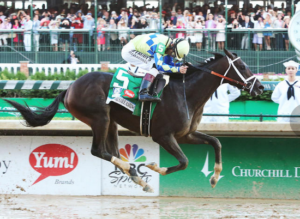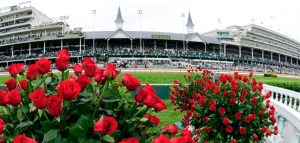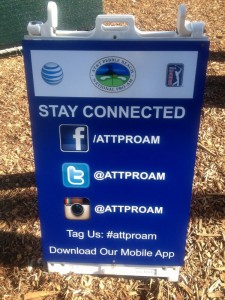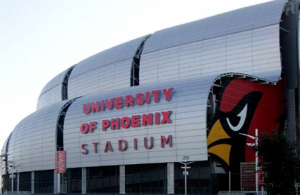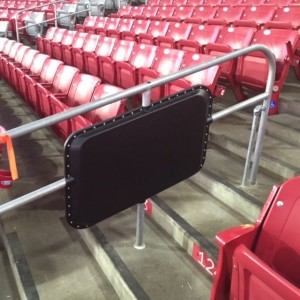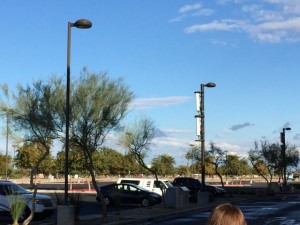For the muddy Derby race day itself, AT&T said its customers used a total of 8.1 TB of data on the in-venue DAS, the temporary COWs (cell trucks on wheels) and the AT&T macro network in the area. That number surpassed the 6.7 TB AT&T saw on Derby Day last year.
With an additional 5.5 TB of traffic seen on the “Kentucky Oaks” race day Friday, AT&T saw a total of 13.6 TB for the race weekend, a 19 percent increase from last year’s AT&T total of 11.4 TB for the weekend.
UPDATE: Verizon Wireless said it saw 7.17 TB of traffic on Kentucky Derby Day, up from 5.5 TB the year before. For the full three days of racing (including Thursday’s “Thurby” events), Verizon said it saw a total of 14.27 TB of traffic, meaning that this year’s events handily surpassed last year’s combined-carrier mark of 20.15 TB. In the venue, wireless carriers run on a DAS deployed by Mobilitie.
